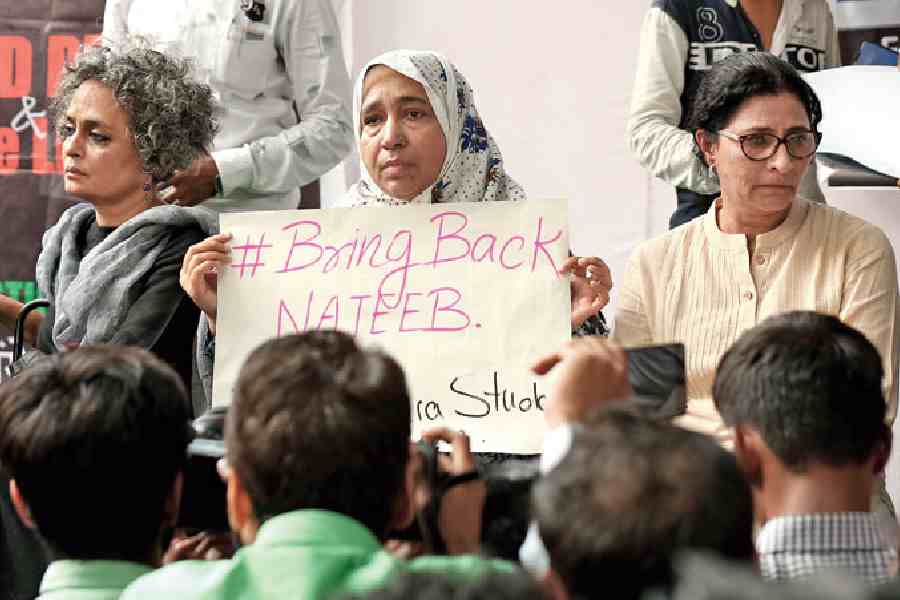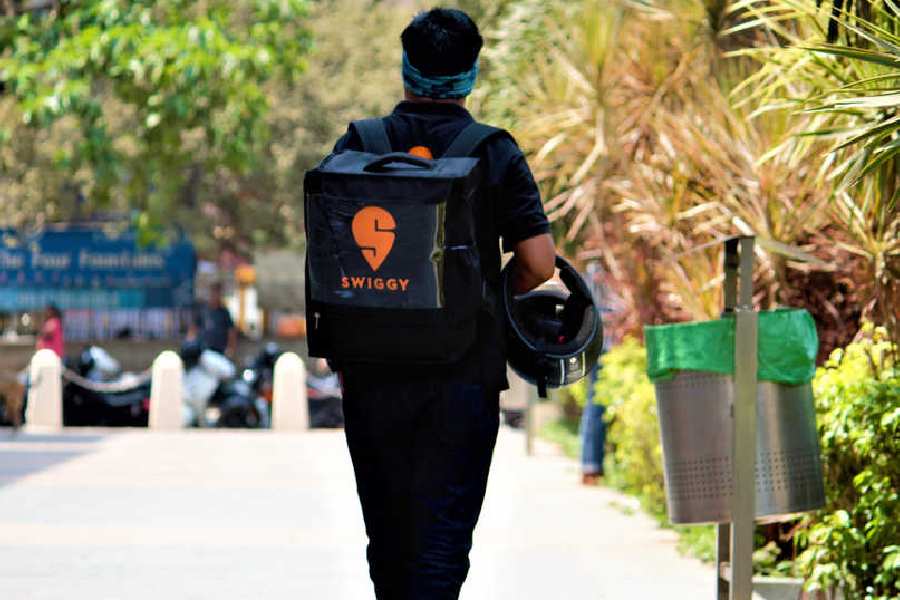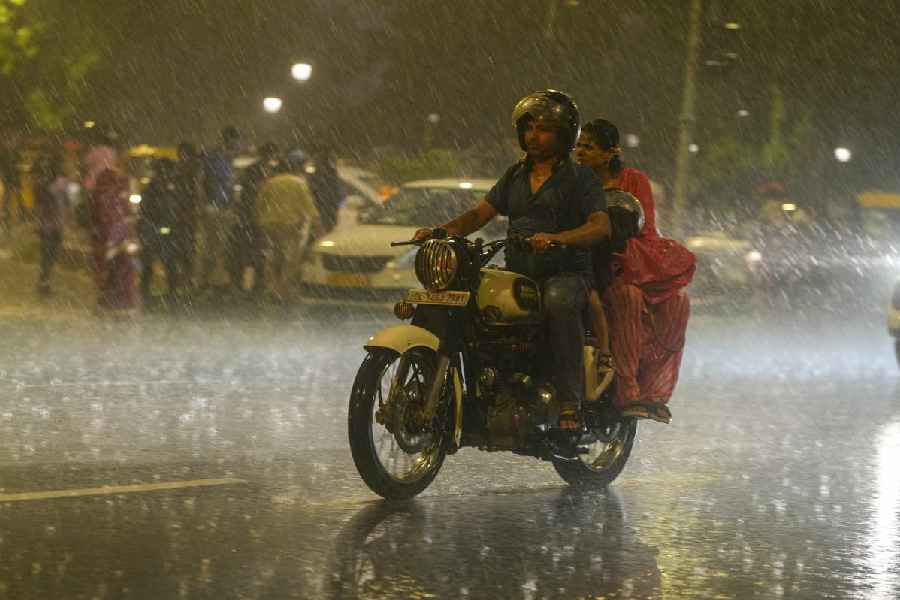Sucharita Dutta was on her way home from school on a rainy afternoon when her pool car slammed into a pavement near the Park Street-Mullickbazar crossing. Three years on, the 57 stitches on her face have healed but not the scars.
The girl, who has gone from Class XI at Assembly of God Church School to the second year of JD Birla Institute, still can’t make herself sit in the front seat of a car.
She sat in a white Ambassador just once — on January 30, exactly three years after the crash. “I was forced to do that so I could shake off my ghosts, but my mind automatically time-travelled to that day and I could see Mullickbazar ahead and the car veering menacingly towards the kerb,” Sucharita said.
After reading a report on the sham of a pool car crackdown by the government, Sucharita wrote to Metro in January about her experience and her concern for those who have to depend on the pool car.
Over 3,000 pool cars ferry schoolchildren illegally every morning, beyond any form of government supervision. “How would you tackle the pool car problem if you were the transport minister?” Metro had asked readers on December 27.
Sucharita wrote: “The drivers who are part of car pools should hold an ability certificate from a strict driving school. They (sometimes) do not know the very basics of driving… (but) get a licence by way of bribery.
“The cars used are very old and incapable of travelling on the busy roads of Calcutta…. The enforcement of rules and regulations related to pool cars should be strict.
“It is my earnest request to our state’s transport minister to do something to fix the issue. I hope no school-going student falls a victim to such accidents as mine.”
The driver of the car she was travelling in on January 30, 2008, had fled to save himself while she and her friends lay in the mangled heap of metal. “I am still alive by the grace of God, by the help of a grey-beard man and by the great help of the doctor…. I am the girl with 57 stitches on my face,” Sucharita wrote.
On the two occasions she sat in the front seat of a car, she was urged to do so by her father and brother-in-law to help her overcome the fear. But it seems a lost battle. “They drove as carefully as possible but the images of that afternoon kept coming back… the car swerving, tilting, hitting the divider… the shards of glass piercing my face...,” the commerce student told Metro sitting in her living room at Sovabazar in north Calcutta.
“They insisted that I could overcome the fear. In my head, I knew they were right, but when my brother-in-law had to apply the brakes, I screamed.”
Only last Thursday, an old bus ferrying schoolchildren rammed into a car apparently after its brakes failed, injuring five students.
“Our driver slammed the brakes but the bus still crashed into the car. Most of us on the bus were thrown against each other and the seats in front,” recalled Class X student Oindrilla Chatterjee, who was in the front seat.
Oindrilla escaped unhurt but the girl next to her, Samrita Adhikari, was flung against the glass divider between the driver’s cabin and the rest of the bus. She suffered deep cuts on her face.
The bus, hired by guardians, was ferrying home 35 students of the morning section of South Point School.
The bloodshed at Patuli, on the Bypass, exposed yet again the government’s failure to ensure the safety of students travelling in pool cars and buses to school.
The death of South Point student Kaustav Bhattacharya in a crash on VIP Road in 2007 had prompted the then transport minister to issue a nine-point guideline to ensure the safety of children, but none of the conditions was ever enforced. The vehicles carrying children have to be in the “best condition”, said one of the directives.
Sucharita’s car had a faulty wiper in 2007. The bus had faulty brakes in 2011. Nothing seems to change in this city where governance has become a synonym for inaction.
“Who allows these vehicles on the roads? Who gives these drivers the permit to drive? Isn’t it the government’s responsibility to protect us?” Sucharita asked.
“It is impossible for the parents to know in what condition the vehicle is or whether the driver who operates the pool car or bus is able enough. The government has to act,” said the girl with 57 stitches on her face.










